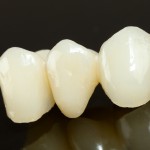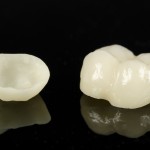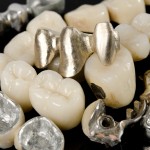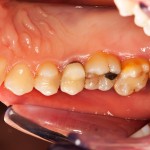
While this review of zirconium restoration included 27 studies, only 5 were RCTs. Furthermore only 4 studies had more than 5 years follow up. Ten studies included fewer than 20 restorations, so while good survival data was presented, the results should be viewed with caution.
[read the full story...]

